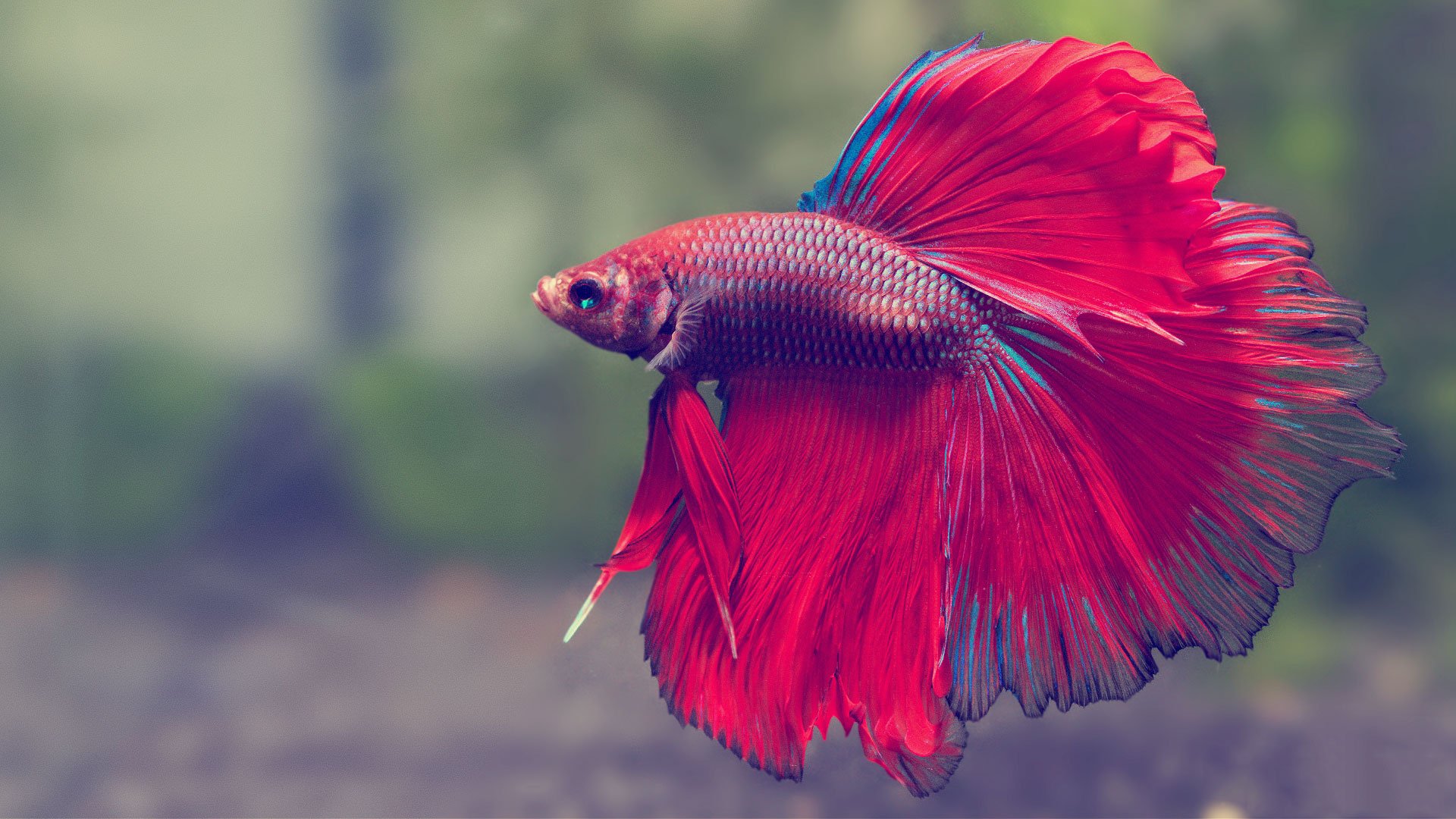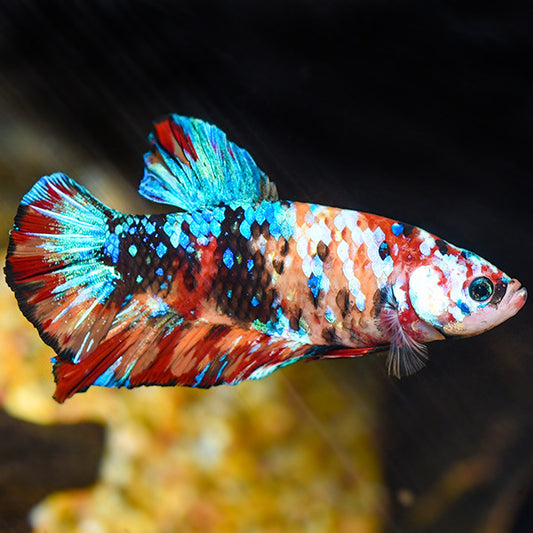How to Create the Perfect Betta Fish Environment in your home
How to Create the Perfect Betta Fish Environment in your home
Blog Article
How to Reproduce Betta Fish Effectively: Professional Strategies and Insights for Hobbyists Wanting To Broaden Their Betta Collection
Reproducing Betta fish requires a nuanced understanding of genes and environmental conditions, making it important for hobbyists to approach the procedure with both persistance and care. Developing an ideal reproduction atmosphere, choosing the right sets, and observing the details of their courtship actions are fundamental actions that can significantly impact the result. The succeeding care of the fry is vital for guaranteeing their healthy development. As we discover these vital parts, it comes to be clear that successful reproduction is not almost the initial pairing but encompasses a wider technique that qualities cautious factor to consider.
Recognizing Betta Fish Genes
Recognizing the genes of Betta fish is essential for successful reproduction, as it influences qualities such as color, fin form, and actions. Betta fish exhibit a varied range of colors and patterns, mainly determined by their hereditary makeup. The primary genetics in charge of pigmentation include the "B" genetics for blue, "D" genetics for red, and the "C" genetics for color intensity. Dog breeders can adjust these qualities by selecting specific parent fish that display wanted qualities.
Along with pigmentation, fin morphology is another significant element of Betta genetics (betta fish). The form and dimension of fins are affected by various genes, consisting of those that figure out whether the fins are short, long, or veil-shaped. Understanding these genetic variants assists breeders forecast the phenotypic results of their children
In addition, behavior characteristics such as aggression and territoriality can also be affected by genes. These habits play a crucial role in the breeding process, as they can influence spawning success and the total character of the resulting fry. By thoroughly understanding these hereditary principles, breeders can make enlightened decisions, eventually enhancing their reproduction programs and accomplishing desirable results.
Preparing the Breeding Atmosphere
Producing an optimum breeding setting is important for the successful recreation of Betta fish. The very first step in preparing this environment is to choose an appropriate breeding container, ideally varying from 5 to 10 gallons. This dimension permits enough swimming space and the facility of areas. The container should be furnished with a heater to preserve a secure temperature level between 78 ° F and 80 ° F, which is critical for encouraging spawning actions.
Following, take into consideration using a sponge filter or an air stone to supply mild water circulation without creating strong currents that can worry the fish. It is necessary to mount plants or breeding cones to offer hiding spots and advertise convenience for the female during the spawning process. Floating plants, such as Java moss or water sprite, can also produce a much more natural atmosphere while promoting bubble nest structure by the man.
Prior to presenting the breeding pairs, ensure the water is conditioned and without damaging chemicals, such as chlorine or heavy metals. betta fish. Routine water modifications ought to be conducted to maintain optimal water quality, enhancing the possibilities of successful breeding. With these prep work in position, the reproducing setting will certainly support the health and well-being of both Betta fish
Selecting Reproduction Pairs
Picking the ideal breeding pairs is crucial for accomplishing successful Betta fish recreation. Healthy Betta fish show lively shades, clear eyes, and energetic actions.
Character is another crucial consideration, as Betta fish are recognized for their aggressive nature. It is suggested to choose a man and woman that show compatible personalities to lessen tension throughout the reproducing procedure. A calm man can urge a smoother courtship, while a woman that is also aggressive might interrupt the procedure.
Genetic history likewise plays a substantial function in the top quality of the offspring. Reproducing fish that are genetically varied can reduce the danger of hereditary health and wellness issues and improve the total vigor of the fry. It is beneficial to investigate the family tree of both the man and female, concentrating on preferable traits such as fin type, color scheme, and dimension.
The Breeding Process
The reproduction process of Betta fish needs cautious preparation and focus to detail to make sure an effective outcome. At first, it is crucial to prepare an ideal reproduction container, ideally a 5-10 gallon aquarium with a temperature preserved at 78-80 ° F. The storage tank must be outfitted with a heating unit, filter (ideally sponge kind to prevent solid currents), and lots of water plants for the woman to hide.
When the atmosphere is set, introduce the chosen breeding pair to the storage tank, enabling them to accommodate. Observe their actions; the man will certainly present sophisticated courtship routines, consisting of flaring his additional info fins and developing a bubble nest. If the woman shows interest, she will display upright stripes indicating readiness for spawning.
When the female is receptive, both will certainly participate in a mating embrace, during which the male feeds the eggs. It is critical to monitor their communications very closely, as the man might end up being aggressive. After spawning, get rid of the woman to stop prospective harm. The man will certainly have a tendency to the eggs, which usually hatch within 24-36 hours. Maintaining optimum water conditions throughout this duration is vital for the development of healthy and balanced Betta fry.
Caring for Betta Fry

Feeding Betta published here fry is important, as they require a diet plan high in healthy protein. Originally, they can be fed infusoria or fluid fry food, transitioning to finely crushed premium pellets as they expand. Feed tiny sections multiple times a day to encourage healthy growth without overloading the storage check these guys out tank with uneaten food.

As they develop, monitor their development closely and divide any hostile individuals to avoid damage. By offering a supporting atmosphere and proper nourishment, hobbyists can efficiently raise Betta fry right into vibrant, healthy and balanced fish, ultimately improving their reproduction endeavors.
Final Thought
Effective Betta fish reproduction requires careful focus to genetic choice, ecological conditions, and look after the fry. By recognizing the genetics of Betta fish and preparing a proper reproduction environment, hobbyists can improve the opportunities of producing lively, healthy and balanced spawn. Picking compatible breeding sets and very closely keeping track of the courtship and generating procedures are important. Finally, offering ideal take care of the fry guarantees their healthy and balanced development, contributing to a flourishing Betta collection.
Report this page